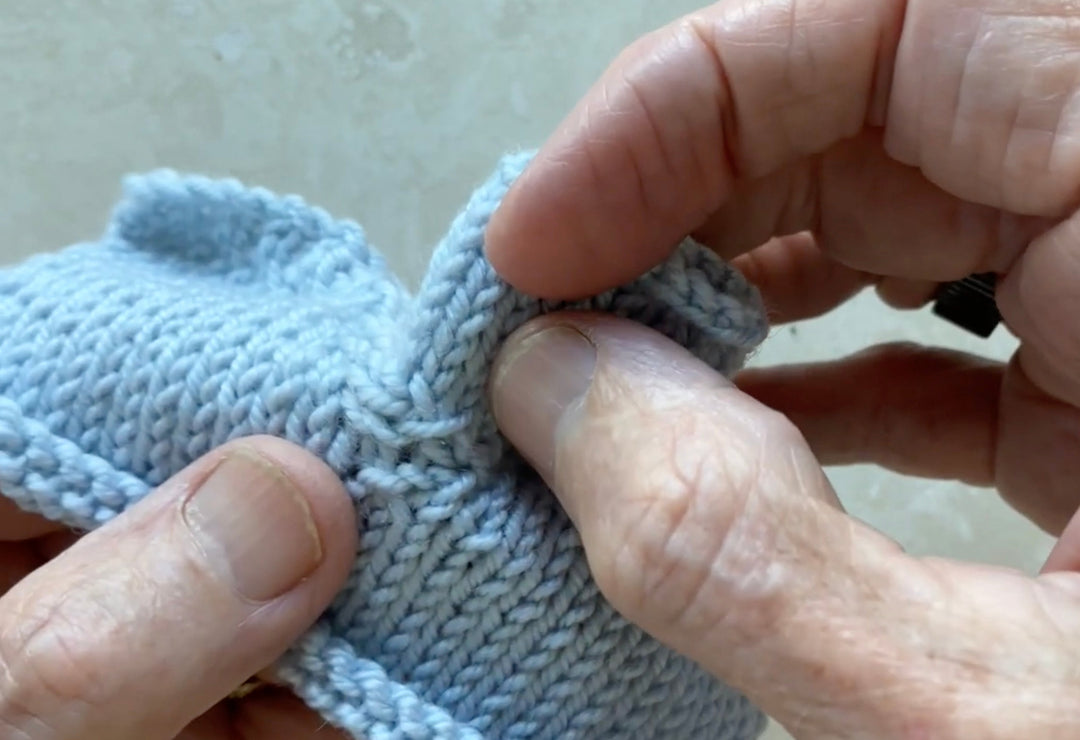
I often describe knitting as engineering, building a garment based on a 3-dimensional grid, while accounting for structure, drape, weight and many other factors. But, did you know there are yarn engineers too? Yarn engineering is the process of constructing yarn to optimize how it looks, feels and performs over time.
Yarn engineers work with carding, combing, drawing out, twisting, spinning and of course dying. Carding cleans, disentangles and blends slivers of fiber. Combing removes short fibers, contaminants and causes fiber parallelization. Drawing further straightens fibers and decreases fiber diameter. Twisting binds yarn fibers together. Finally, the yarn is spun.
The outcome of these processes results in both sustainable yarns that are eco-friendly, and yarns that are not. They are either natural or synthetic. Synthetic yarns are less expensive because they're easier to handle so they require less energy and time. Most are continuous filaments made in chemical factories and many have been found to be undesirable for human contact and have a negative impact on the environment. Sustainable yarns are typically more expensive to produce because they require more experience and time to manufacture. And because they're engineered to contribute to the health of both humans and the environment.
When you're contemplating your next project, put on your knitting engineer hat and study your yarn options like a yarn engineer. You're sure to end up with handiwork that is beautiful in more ways than one.








